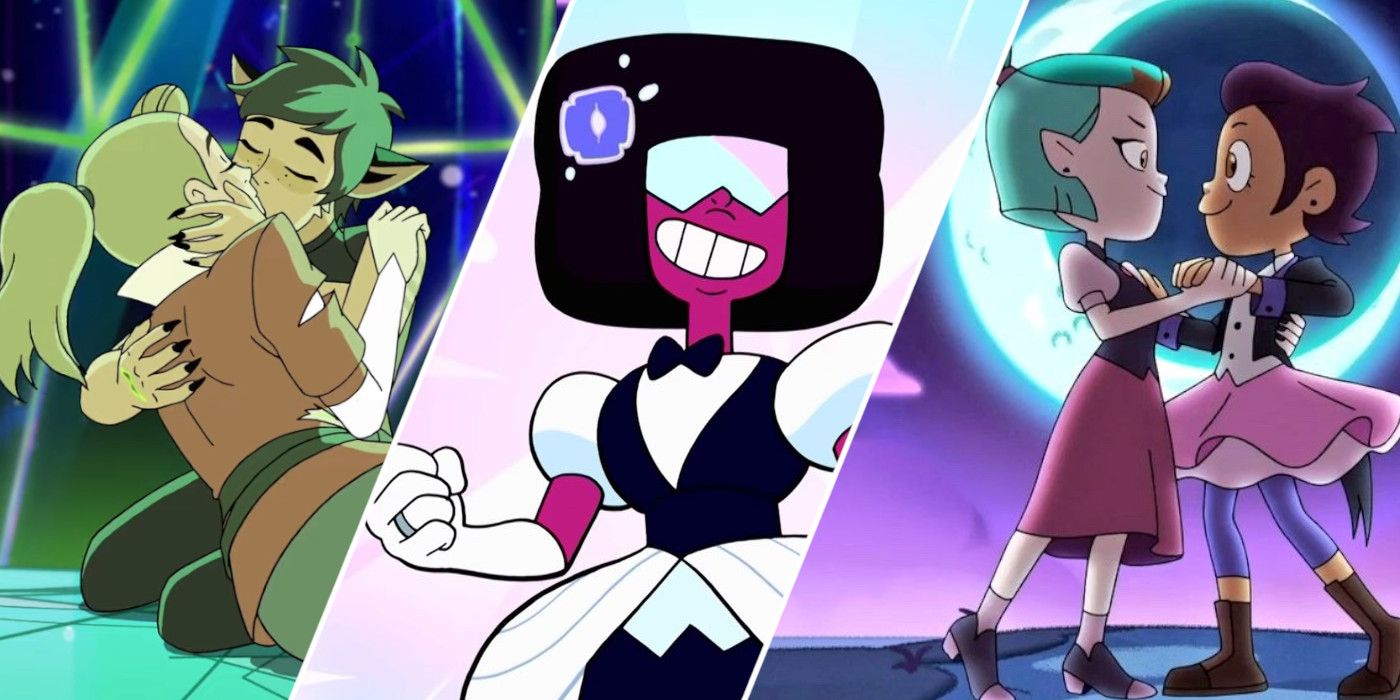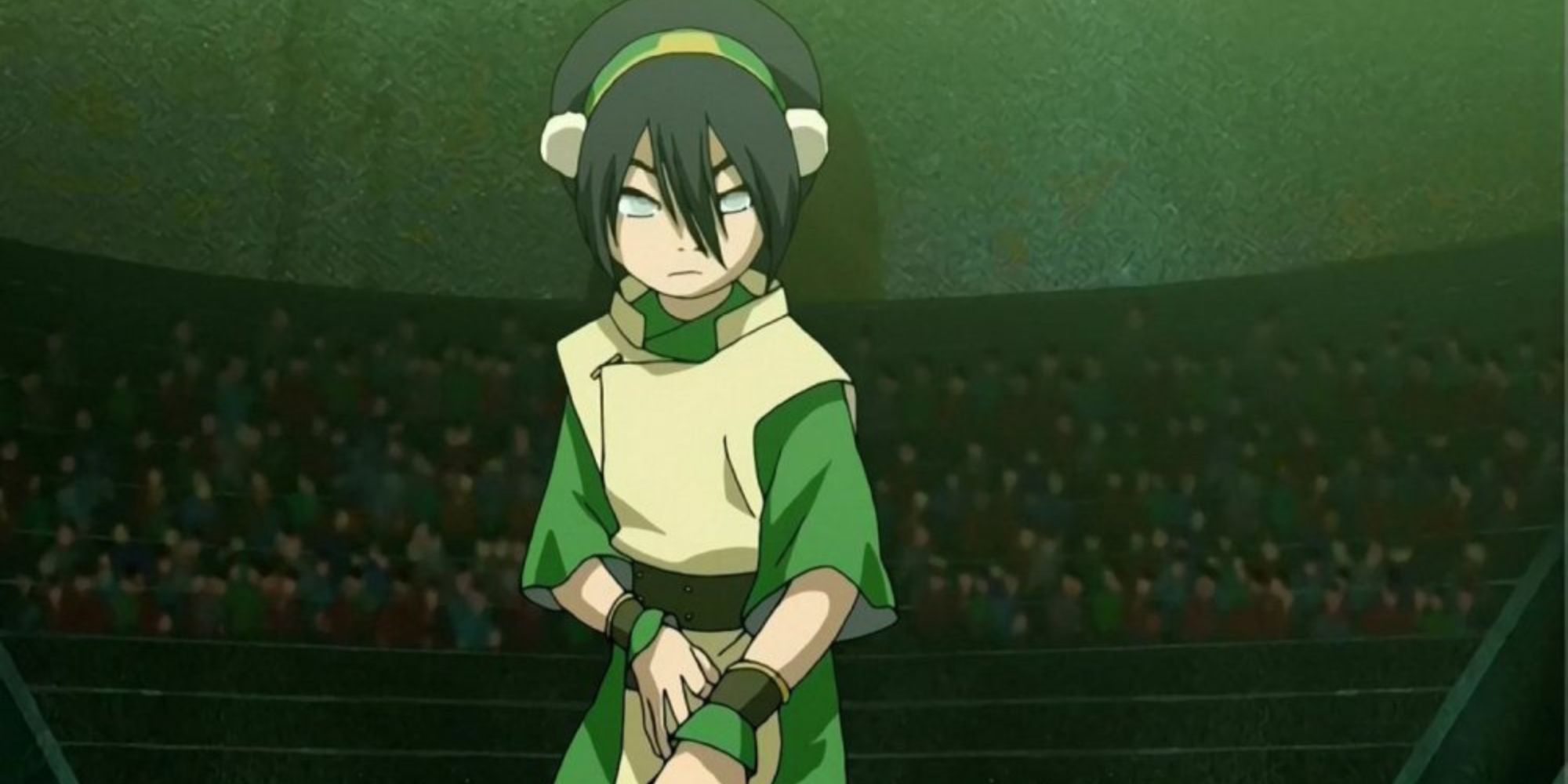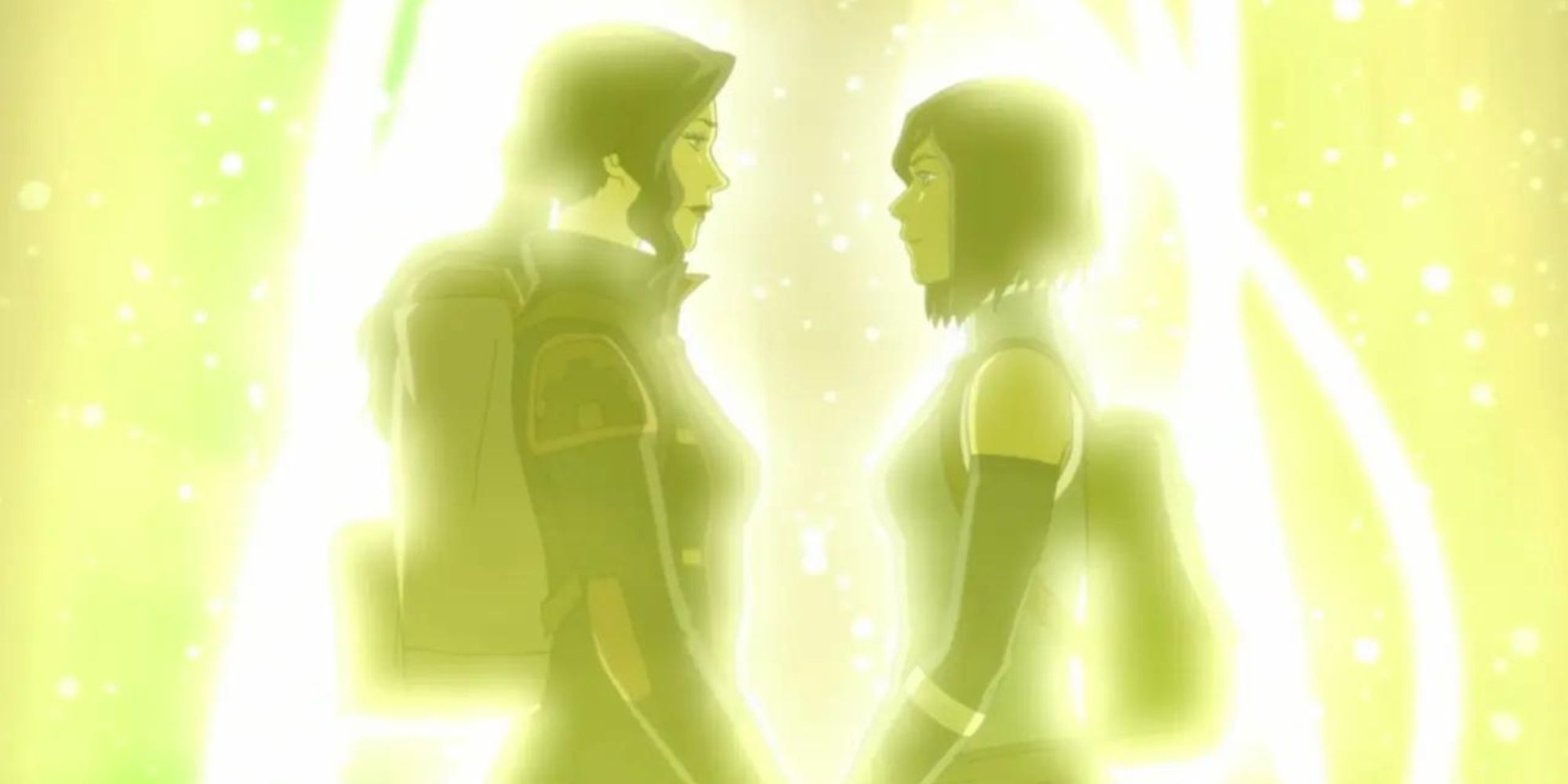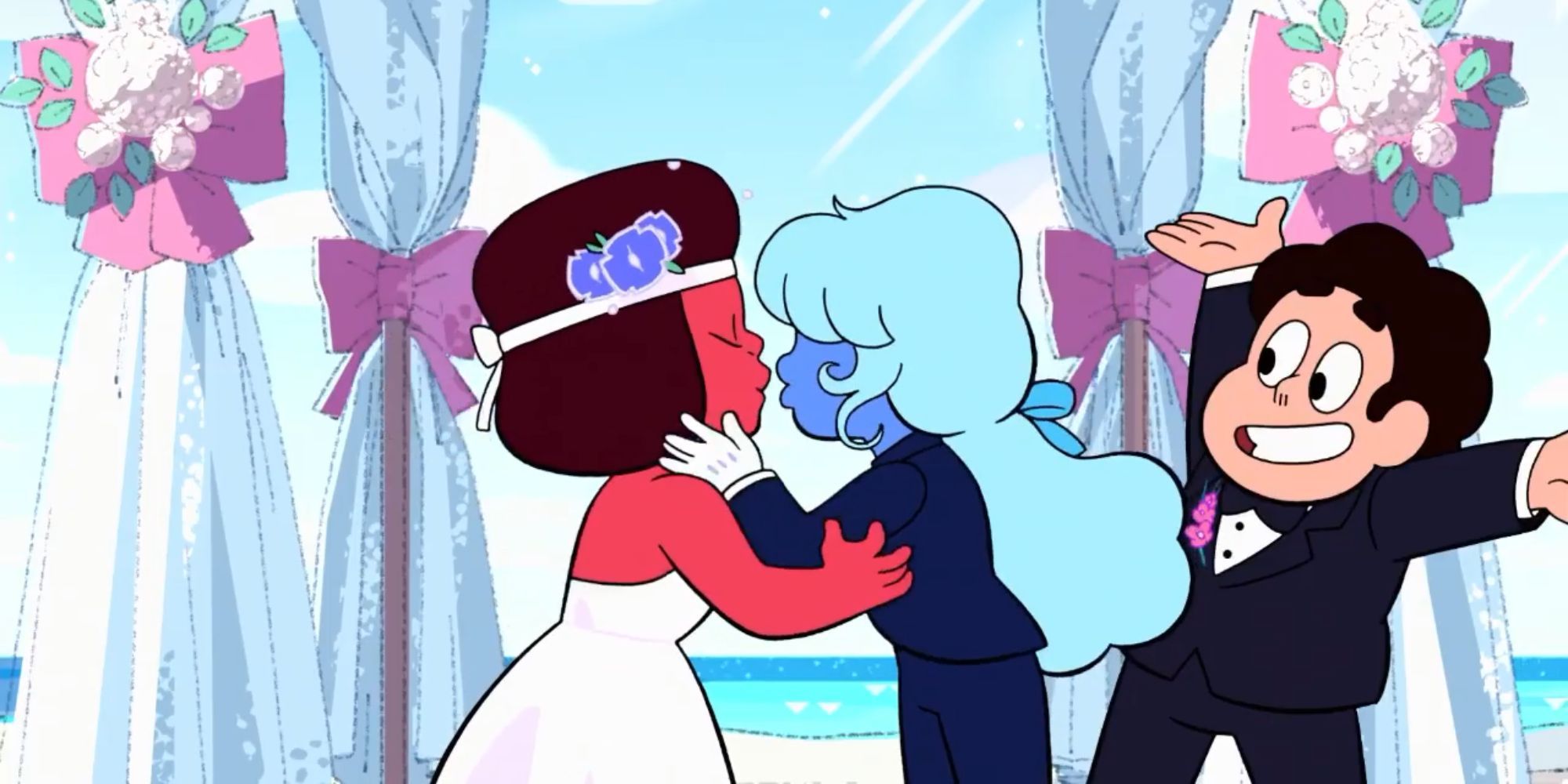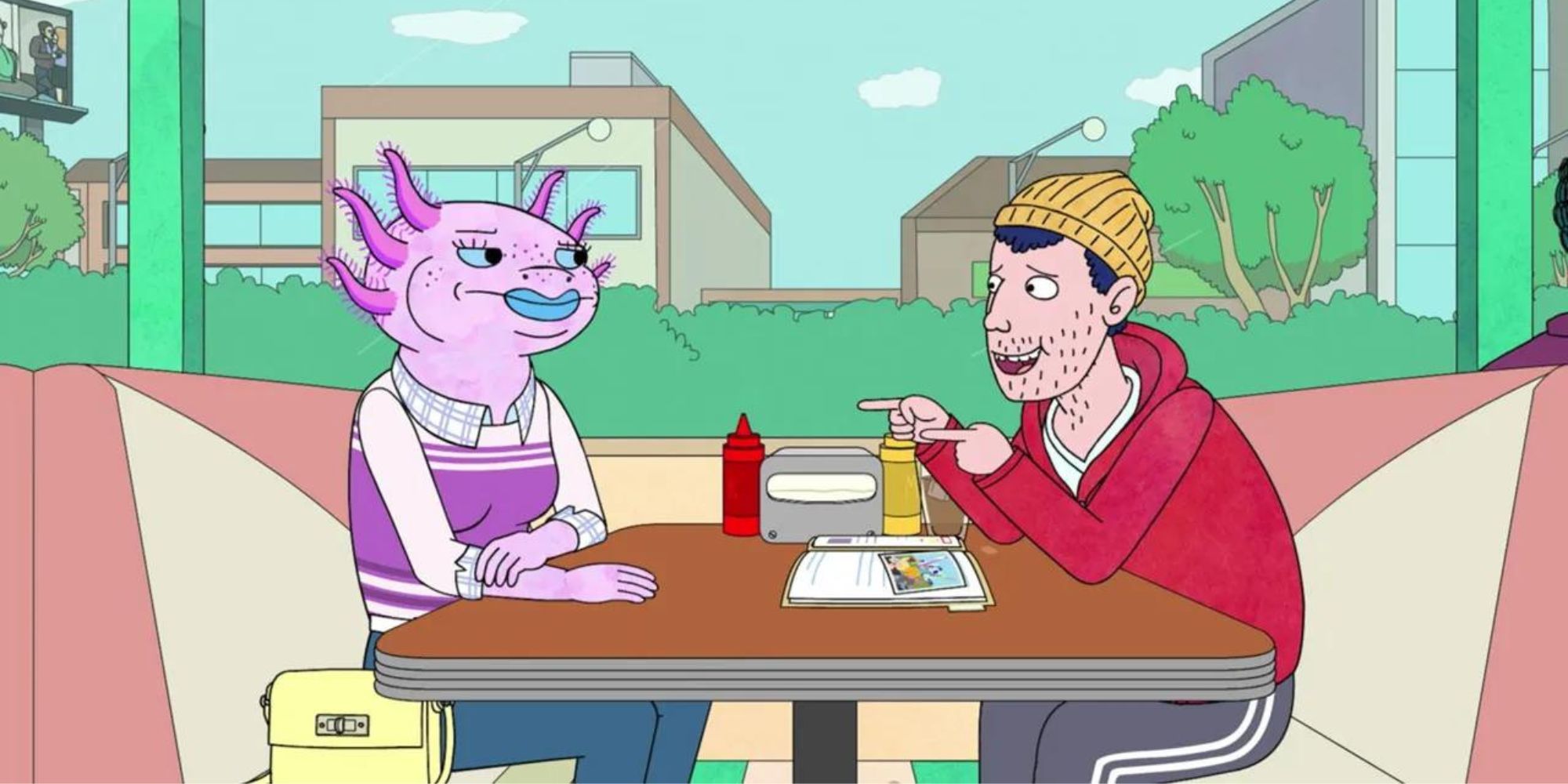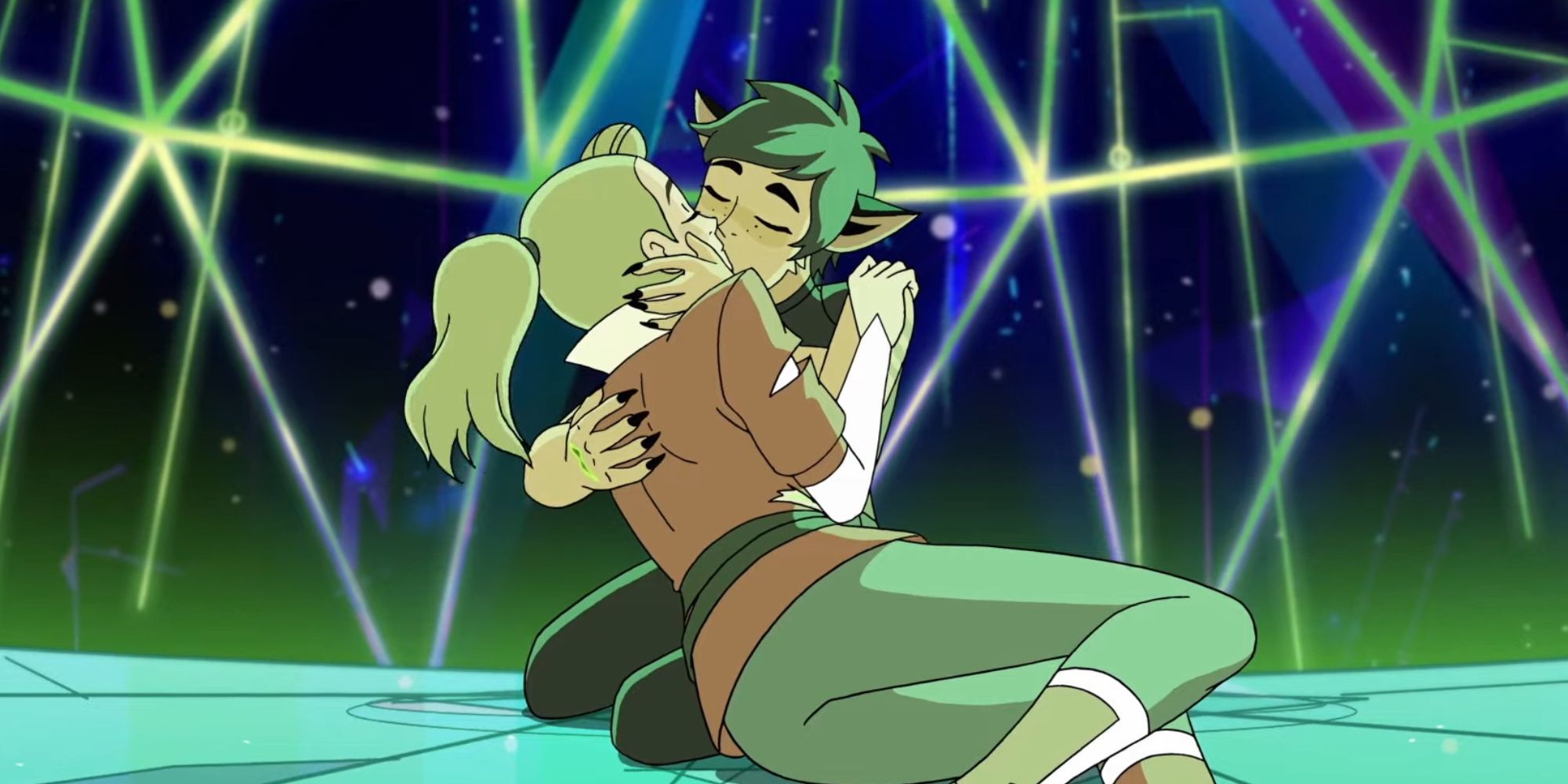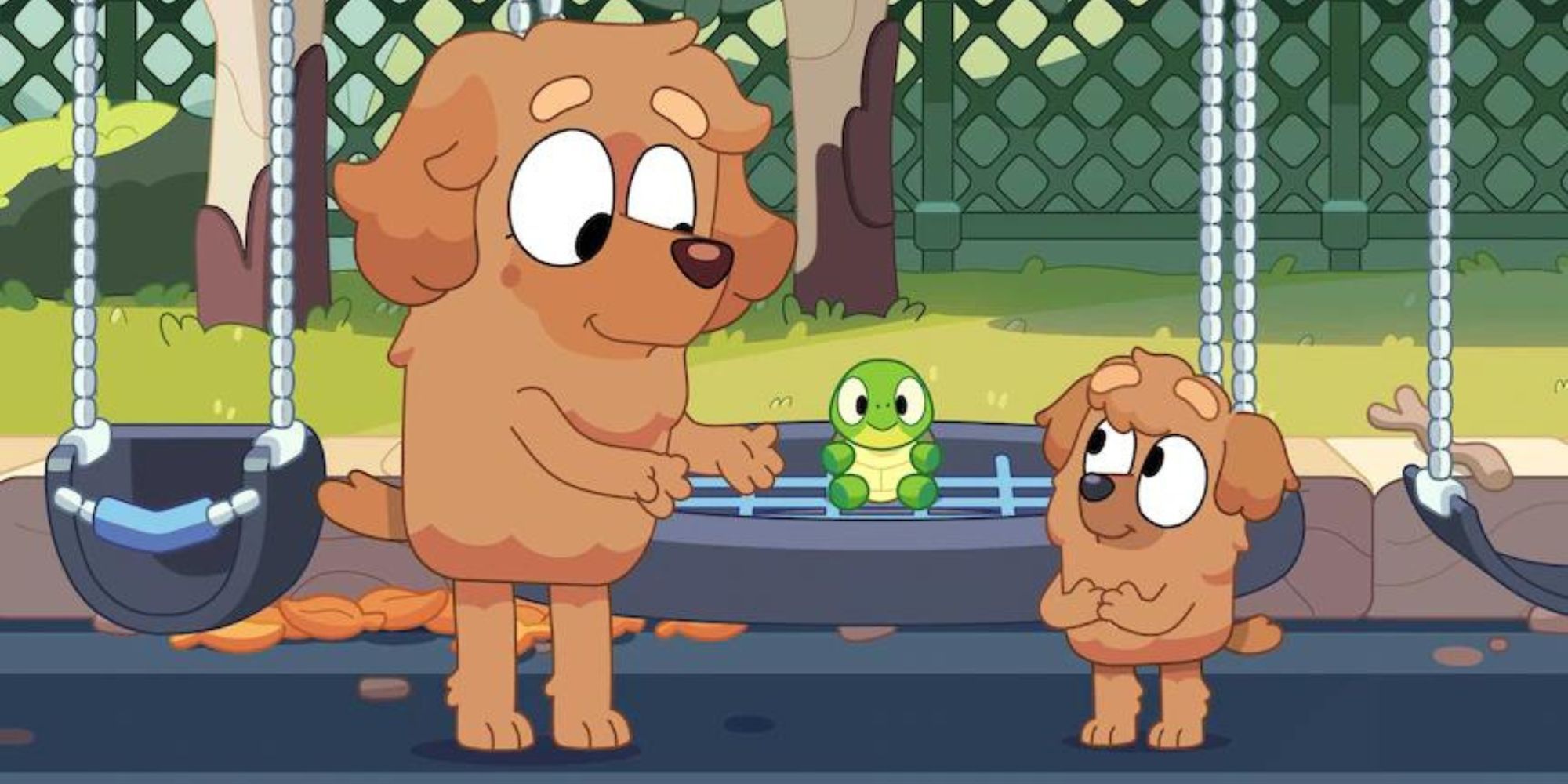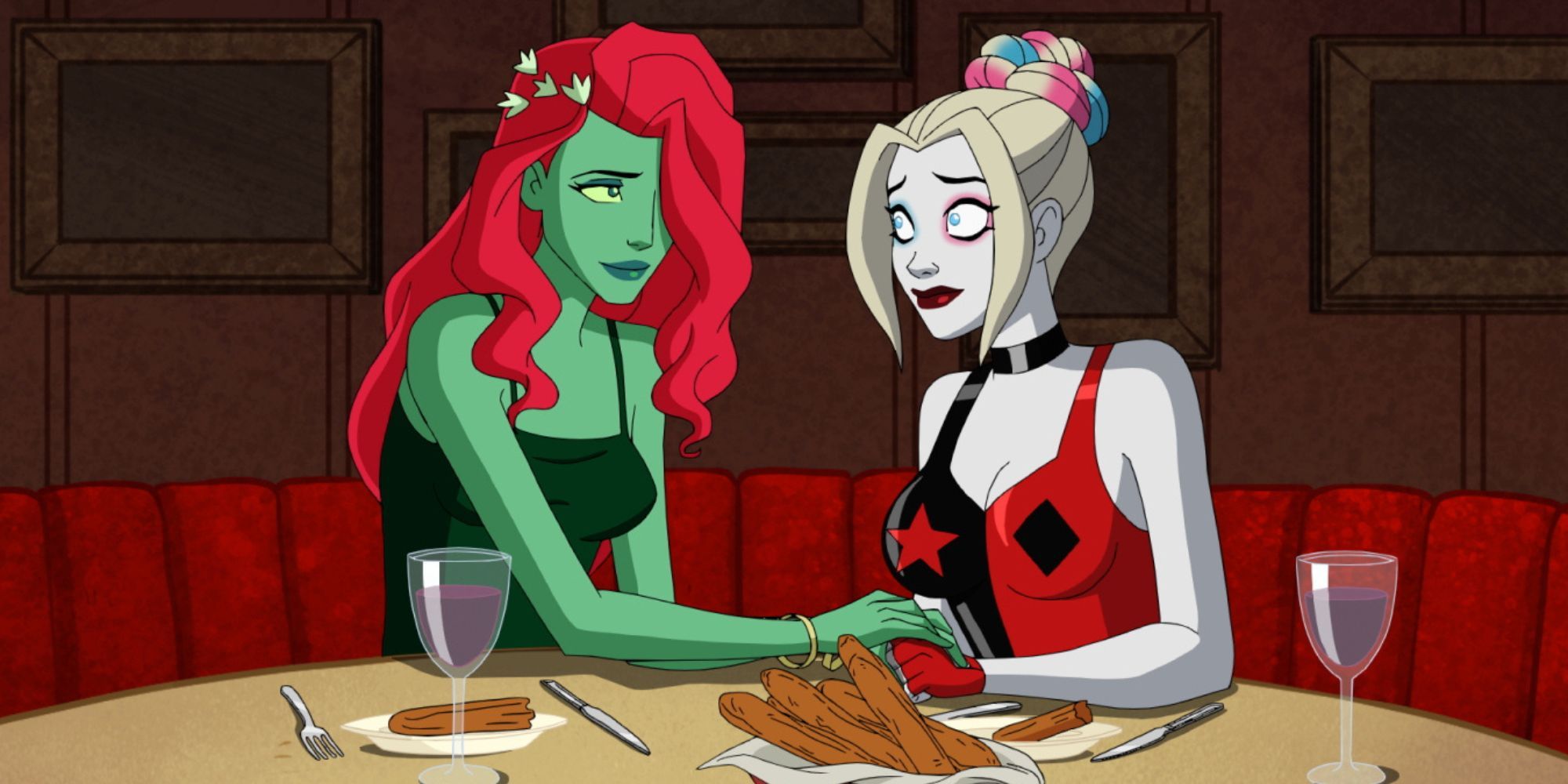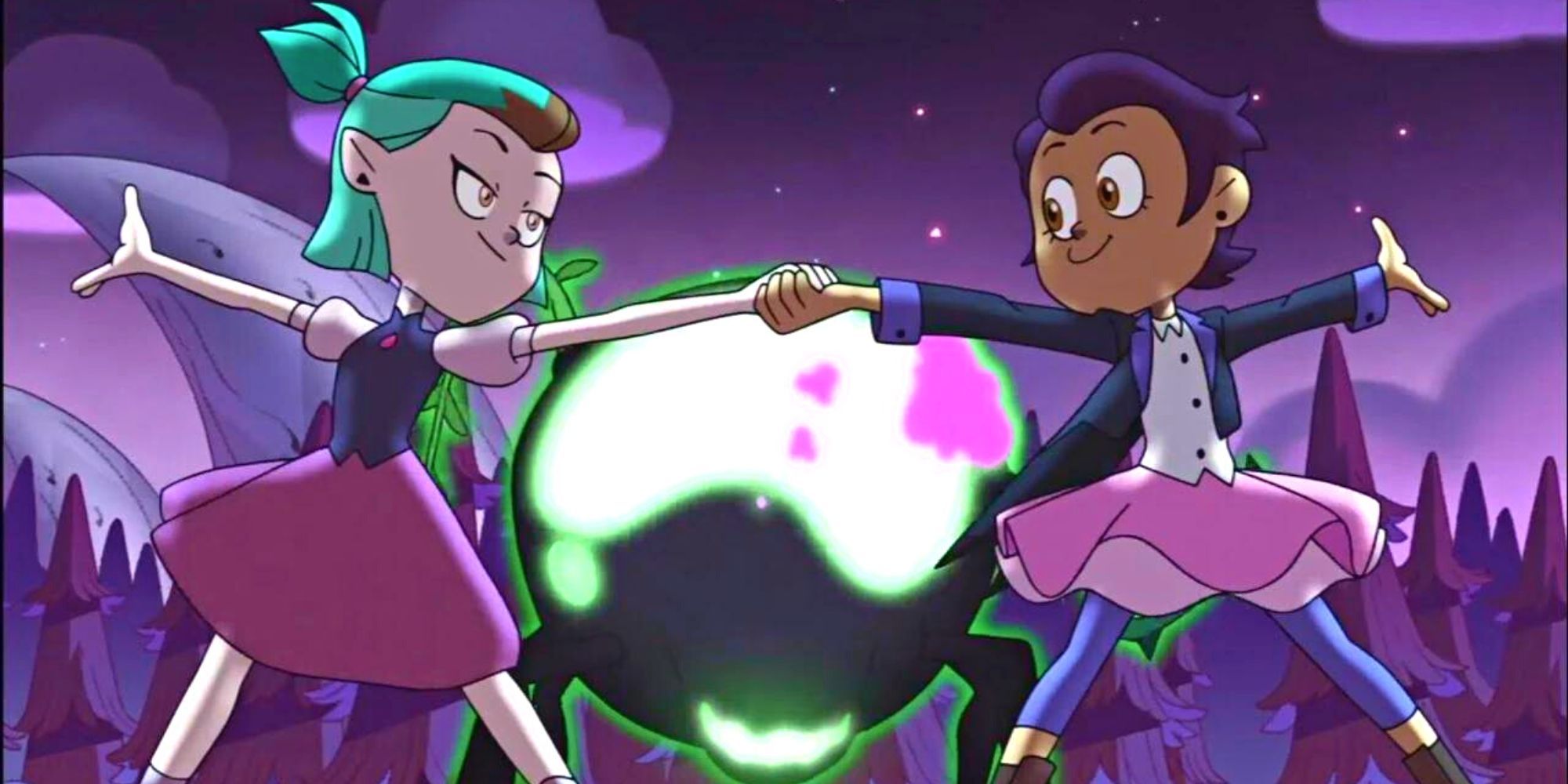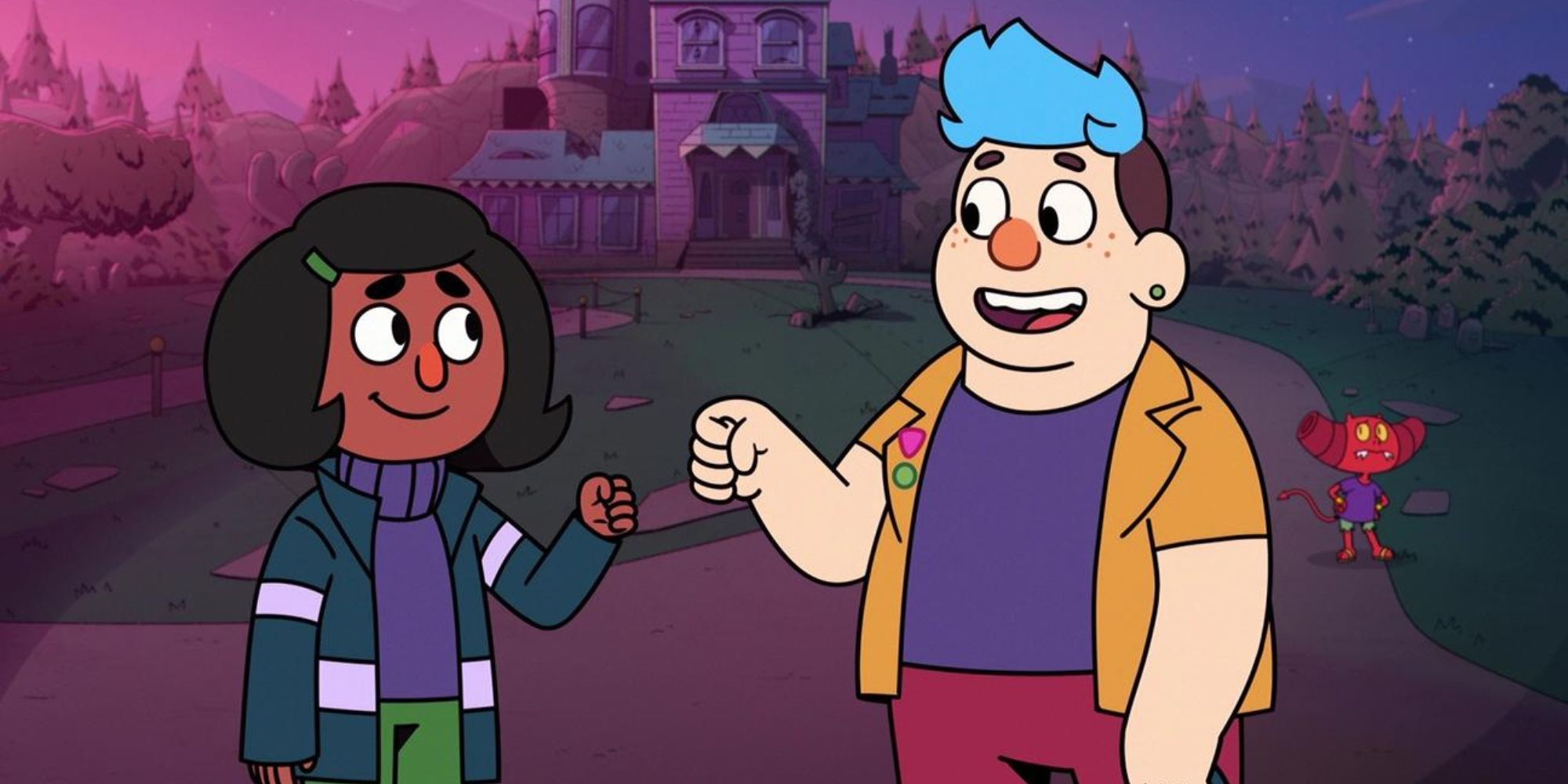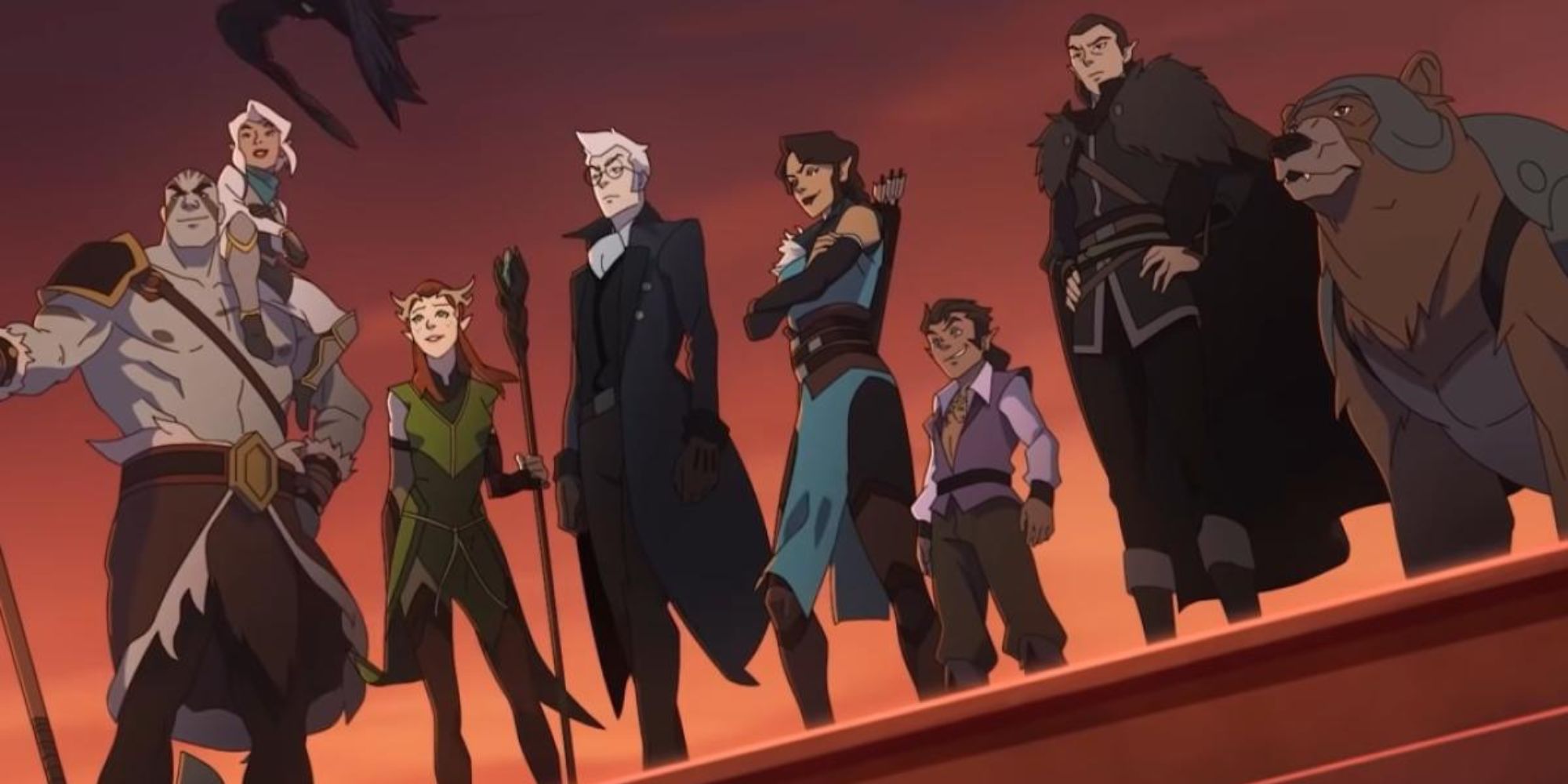When it comes to representing diversity on screen, animation has radically been forging the way over the past decade. Although recent years have seen the proliferation of streaming services that have allowed a broader platform for more diverse voices both in front of and behind the camera, looking back over the past decade, we can see how animated TV shows have already been doing what TV has only just recently been starting to achieve.
As animation has been a topic of debate after 2022’s 94th Academy Awards ceremony disregarded it as a mere “children’s genre,” it’s important to truly appreciate animation as a medium. Through its unique style, the animation is a medium with countless forms, a way of telling stories, and an art form that is at the forefront of championing representation on screen.
1 ‘Avatar: The Last Airbender’ (2005-2008)
Created by Michael Dante DiMartino and Bryan Konietzko, Avatar: The Last Airbender is an anime-influenced animated TV series aired on Nickelodeon. Set in a world separated into different elemental nations — water, earth, fire, and air — the show follows Aang (Zach Tyler Eisen), the last airbender and the current Avatar, who strives to bring peace to a world threatened by the Fire Nation.
Explicitly exploring mature themes like genocide, imperialism, and colonialism, Avatar: The Last Airbender respects its audience’s intelligence. It has easily interwoven complex characters that enhance the show’s diversity through strong female leads fighting for empowerment like Toph (Jessie Flower). This blind earthbender defies her parent's expectations as one of the most powerful benders in the entire series. By subverting expectations in representing people of different abilities, Avatar: The Last Airbender empowered a group that is often and mistakenly portrayed as powerless.
2 ‘The Legend of Korra’ (2012-2014)
Four years after their previous collaboration, DiMartino and Konietzko returned for the Avatar spin-off series The Legend of Korra. Set 70 years after The Last Airbender, The Legend of Korra follows the next Avatar — Korra (Janet Varney) — a waterbender learning her power as she confronts political and spiritual unrest in a modernizing world.
The show’s four seasons explored similar themes to its predecessor, but its most radical representation can be found in its subversive final season. In the series’ final scene, where Korra and Asami (Seychelle Gabriel) gaze into each other’s eyes in a shot mirroring Aang and Katara’s kiss, The Legend of Korra actively forged the way for depictions of same-sex relationships in children’s television.
3 ‘Steven Universe’ (2013-2019)
Created by Rebecca Sugar, Steven Universe is a Cartoon Network show following the half-human, half-Gem Steven (Zach Callison) who lives with the Crystal Gems — Garnet (Estelle), Amethyst (Michaela Dietz), and Pearl (Deedee Magno Hall) — who work together to protect the Earth from their own kind.
Steven Universe is a show with gender at the forefront, subverting the stereotypical gendered tropes in most children’s animation. It’s a show that embraces the unique power of femininity and questions the gender binary. Most significantly, the series made history in 2018 as the first animated television show with a same-sex marriage proposal and wedding.
4 'BoJack Horseman' (2014-2020)
Raphael Bob-Waksber’s adult animated black comedy-drama BoJack Horseman follows BoJack (Will Arnett) — a washed-up actor from the 1990s who has since grown bitter, depressed, and jaded towards the industry and who he has become post-fame.
Despite the show centering around anthropomorphic animals, it has been praised for its realistic depictions of social issues, mental illness, and diverse representation — asexuality and polyamory. While many of these elements would typically be found in a drama film, BoJack Horseman explores each of these matters with a level of nuance and emphasizes animation as a complex medium with endless possibilities.
5 ‘She-Ra and the Princesses of Power’ (2018-2020)
ND Stevenson’s She-Ra and the Princesses of Power brought the classic superheroine from the 1980s franchise to a new audience. The series follows Adora (Aimee Carrero), a Horde captain who, upon becoming She-Ra, joins The Princess Alliance and The Rebellion in their fight against The Horde.
She-Ra and the Princesses of Power was subversive not just in its representation of powerful princesses but in making its central characters — Adora and Catra (AJ Michalka) — explicitly queer, without subtext, in requited love with a happy ending.
6 ‘Bluey’ (2018-)
Joe Brumm’s popular Australian preschool children’s show Bluey follows the titular six-year-old blue heeler puppy and her family and friends living in Brisbane. Each episode follows Bluey on a new adventure, encountering new people and new challenges along the way.
Bluey introduces its young audience to diversity on screen with episodes centering around characters with ADHD and deaf characters who communicate through Auslan. With its young target audience, Bluey proves the importance of diverse representation in animated TV for any age.
7 ‘Harley Quinn’ (2019-)
Paul Dini and Bruce Timm’s adult animated dark comedy television series Harley Quinn focuses on the iconic DC character and her adventures in crime, love, and life after leaving her toxic boyfriend, the Joker (Alan Tudyk).
Although superhero movies and TV shows have been in the mainstream for the past decade, it’s surprising that they still lack diverse representation. With the series following the romantic relationship between Harley (Kaley Cuoco) and Ivy (Lake Bell), Harley Quinn offers a rare superhero story that places its queer romance plot at the center.
8 ‘The Owl House’ (2020-)
Created by Dana Terrace, The Owl House follows Luz Noceda (Sarah-Nicole Robles), a teenage Dominican-American girl who stumbles upon a portal to the Demon Realm. Here she befriends the rebellious witch Eda Clawthorne (Wendie Malick), who helps Luz pursue her dream of becoming a witch.
Disney has historically had a tumultuous history with queer representation as they often resort to stereotypes and queerbaiting. However The Owl House is forging the way with Luz making history as Disney’s first openly bisexual protagonist and Raine (Avi Roque) as Disney’s first non-binary character.
9 ‘Dead End: Paranormal Park’ (2022)
Hamish Steele’s Dead End: Paranormal Park follows the adventures of Barney (Zach Barack) and Norma (Kody Kavitha) as the newest employees of their local haunted theme park, Phoenix Parks.
Dead End: Paranormal Park places its diverse representation at the center, with Barney being a gay, transgender boy and Norma as his bisexual and autistic Pakistani-American friend. The storyline is heavily intertwined with Barney’s trans experience — his family problems and struggle for acceptance — proving just how far advanced children’s animation is in both representing diversity and placing it at the center of their stories.
10 ‘The Legend of Vox Machina’ (2022-)
Created by Brandon Auman and Critical Role Productions, The Legend of Vox Machina adapts the first campaign from the Dungeons & Dragons web series Critical Role. The series follows Vox Machina, a band of eight unlikely heroes on a quest to save the realm of Exandria from dark magical forces.
Much like the Critical Role campaign, The Legend of Vox Machina features various queer characters proving how role-play games and animation can create space for everyone at the table.

